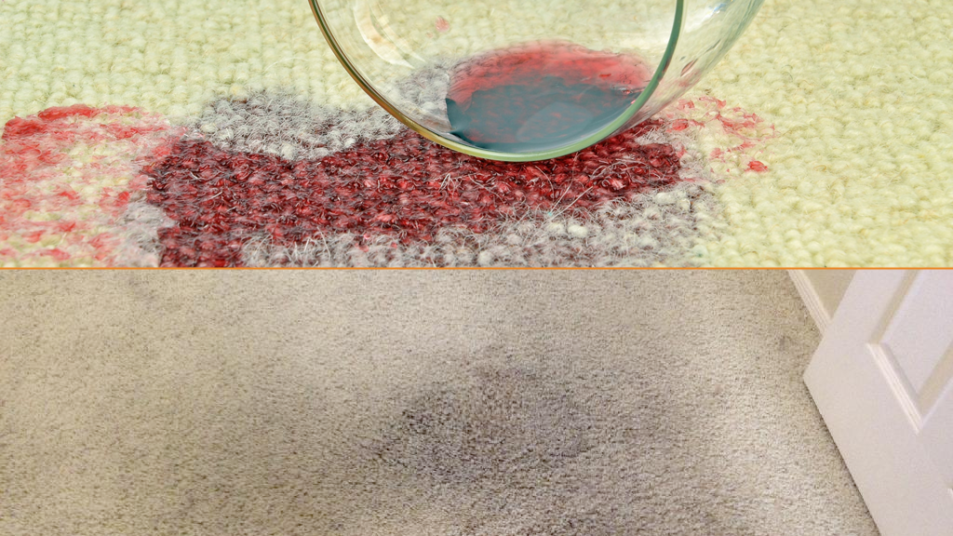Claiming expenses on a property can be done in several different ways and property investors should know what to claim as wear and tear (through a depreciation schedule) and what to claim as tenant damage (directly through tenant via bond claim or insurance).
Many times investors will get the two confused and try to claim wear and tear items through a bond claim or insurance claim. Wear and tear needs to be allowed for in a property, depreciated over time and cannot be claimed directly from the tenant.
One of the reasons landlords get confused is because they do not see the property for years and may see the wear and tear on the property in one visit and confuse it with tenant damage. That is why regular inspections on the property are so important, so that landlords can see the overall effect long term leasing has on properties.
Depreciation schedules are also important and best when the property is new or newly renovated so that items can be depreciated over time and replacement expenses accounted for.
Wear and tear is damage to property that is caused through continued use or age of property.
Some examples of wear and tear are:
Carpets worn or flattened in high traffic areas.
Minor scuffs on walls, paint peeling on walls – due to age or cracks in walls or cornices.
Bench tops discoloration due to long term use.
Locks or hinges on doors or cupboards becoming loose through continued use or misaligned due to building movement.
Roof tiles deteriorating over time.
Tenant damage can be deliberate or accidental but is damage caused by a tenant during a given incident.
Some Examples of tenant damage are:
Spills on carpet causing stains.
Chips in paint or corners caused by tenant moving furniture.
Screen doors torn by pets.
Knife marks, burn marks or stains on kitchen bench tops.
While it is important that investors have the right expectations on their property, it is equally important for property managers to identify tenant damage and seek compensation back to the landlord where it is due.
We have had a number of properties in our agency where burn marks on bench tops, cracks in kitchen tiles – where a tenant had dropped a heavy saucepan, damage to window sills – where a tenant had been watering pot plants, were identified as “wear and tear” by other agencies and put aside. We were able to successfully claim all above items as tenant damage and seek landlord compensation through bond refund and/or insurance claims on the property.





Leave a Reply